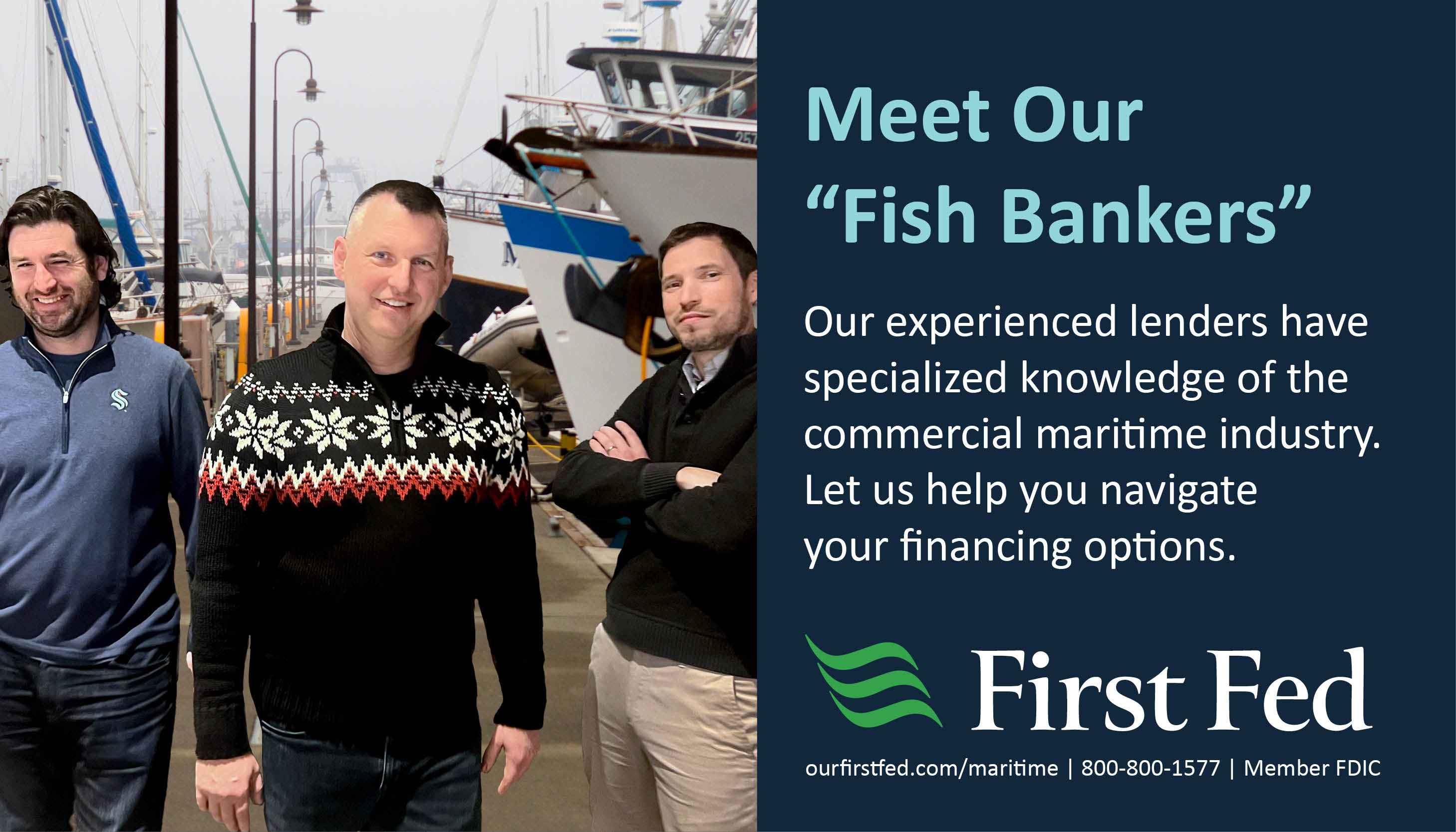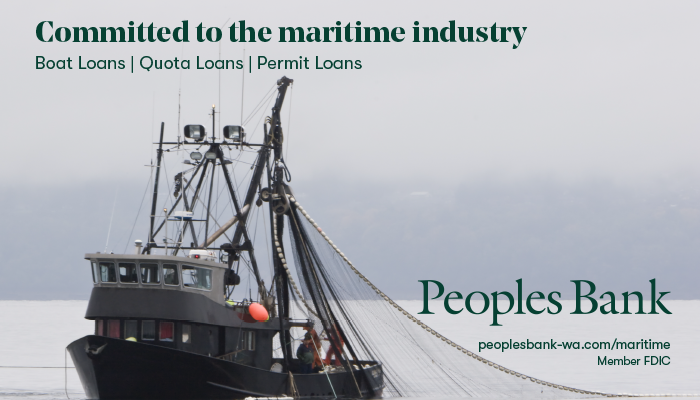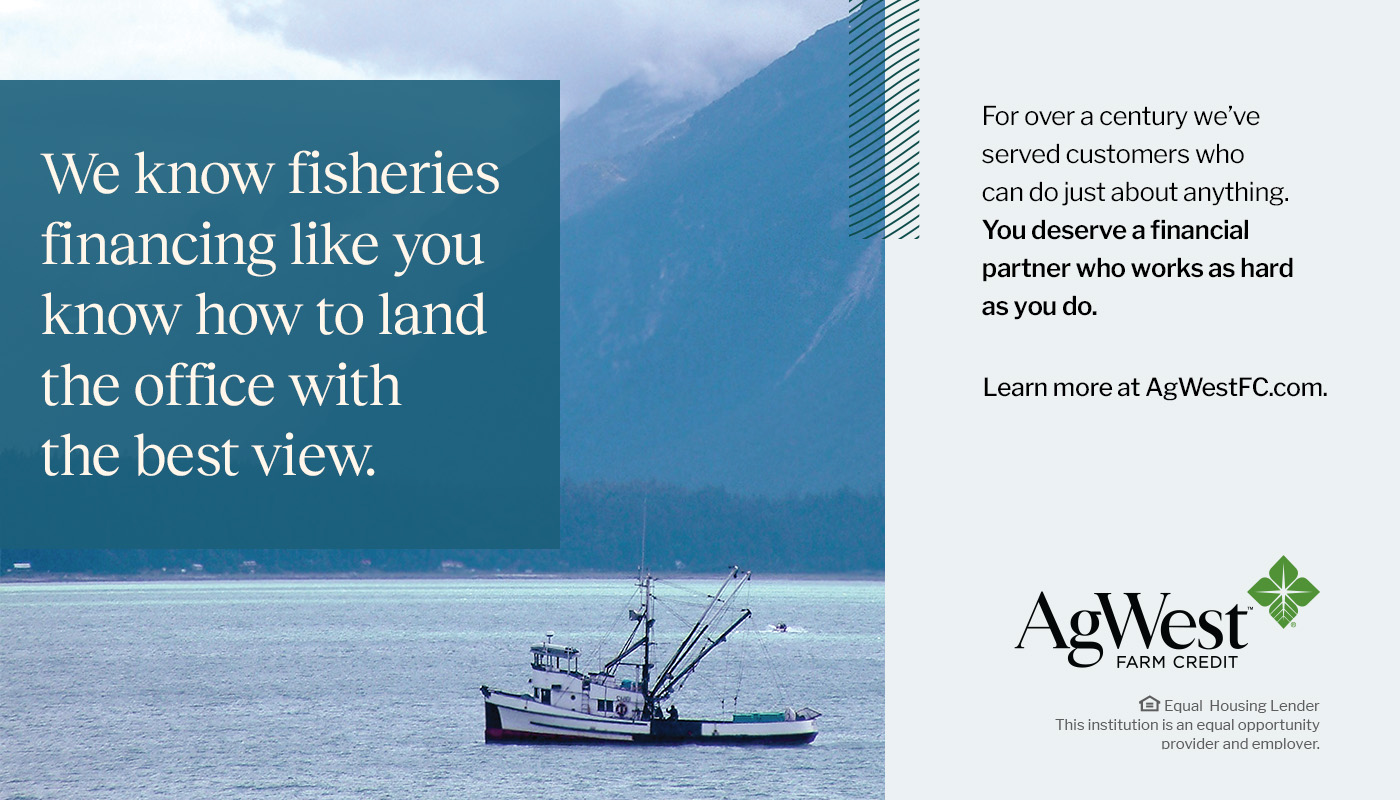Fish Factor by Laine Welch
November 5, 2021
It’s a fish trifecta for Alaska’s 2021 salmon season!
The fishery produced the third highest catch, fish poundage and value on record dating back to 1975.
According to preliminary harvests and values by region from the Alaska Department of Fish and Game, the catch of nearly 234 million salmon had a dockside value of almost $644 million, and weighed in at 858.5 million pounds.
That compares to 117 salmon harvested in 2020 valued at just over $295 million and a combined weight of 517.5 million pounds.
All Alaska regions saw salmon earnings double or nearly triple from last year, except for the Kuskokwim, Yukon and Kotzebue where values decreased.
At a glance:
Bristol Bay’s record sockeye run boosted the region’s total salmon catch to over 42.2 million fish valued at nearly $249 million to fishermen. That’s $108 million more compared to the 2020 catch of over 40 million fish.
At Southeast, a catch of over 58 million salmon was four times higher than last year and the value to fishermen topped $132 million compared to just $50 million.
The Prince William Sound salmon catch of 70.5 million had a dockside value of almost $122 million – a nearly $72 million increase over last year’s take of 25.5 million fish.
Cook Inlet’s salmon catch crept up slightly to just under 4 million with a value to fishermen of nearly $19 million. That compares to 3.6 million fish and $10 million last year.
At Kodiak, a catch of just over 31 million salmon topped $51 million, compared to 24 million fish and $26.6 million last year.
Fishermen at the Alaska Peninsula pocketed $67.4 million on a catch of over 26.7 million salmon. That’s a nearly $51 million gain over the 2020 take of 8.7 million salmon.
Chignik fishermen had no salmon harvest in 2020 but took home nearly $2.5 million on a catch of over 1.5 million fish this year.
At Norton Sound a first ever fishery netted 290,000 pinks and boosted the overall catch to 303,983 fish valued at $444,771. That compares to 50,679 salmon and $290,302 in 2020.
On the downside, Kuskokwim fishermen saw salmon catches drop to just over 137,000 fish valued at $493,459, compared to 197,365 salmon and $596,270 last year.
At Kotzebue, a harvest of 96,499 salmon paid out at $332,083 compared to 149,820 fish valued at $542,306 last summer.
Yukon fishermen had no salmon harvest this year. Last year they caught 18,813 fish valued at $290,302.
Overall, sockeye catches of just over 57 million accounted for nearly 56% of the total salmon fishery value at over $361 million, and 24% of the statewide harvest.
The pink catch of nearly 161 million was worth nearly $179 million, 28% of the value and 69% of the statewide harvest.
Coho salmon comprised about 4% of the value at $23.9 million and 1% of the harvest at 2.7 million fish.
Chum salmon accounted for almost 10% of the value at $62.7 million and approximately 6% of the total harvest at 12.8 million fish.
The Chinook harvest topped 265,000 fish with a value to fishermen of just over $17 million.
In all, 6,362 permit holders made salmon landings in 2021, a drop from 6,496 in 2020.
Prices increased across the board with Chinook averaging $5.82 per pound, a $.75 increase; sockeyes averaged $1.34 compared to $.76, cohos at $1.45 compares to $1.17, pinks at $.37 was a $.07 increase and chums averaging $.77-cents was a $.34 increase over 2020.
The salmon values don’t reflect post-season adjustments or bonuses to fishermen. Final values of the 2021 salmon fishery will be determined next spring following final reports from processors, buyers and direct marketers.
Hatchery hits - Alaska salmon hatcheries are on the agenda again when the Board of Fisheries convenes from November 30 - December 6 at Cordova. Seven proposals aim to curtail production at Prince William Sound where six hatcheries operate, claiming that the fish harm wild stocks.
In 2019, 15 million salmon that got their start in hatcheries were caught in PWS, accounting for 70% of the total commercial catch. According to the annual salmon enhancement report by ADF&G, the value to fishermen of nearly $27 million was 67% of the total for the region.
About 220 seiners fish in Prince William Sound hailing from 22 Alaska communities, along with nearly 520 drift gillnetters from 30 towns. The Sound also is home to 30 setnet sites.
Lost in the picture is that the hatcheries operate with no state dollars and contribute to all other users.
“In each region where there is an aquaculture association, commercial salmon permit holders have levied a salmon enhancement tax upon themselves from one to three percent. Through statute we’re provided the opportunity to offer a licensing agreement on an annual basis on returning adult salmon which is a process we call cost recovery. That allows us to recoup our operating expenses,” said Tina Fairbanks, director of the Kodiak Regional Aquaculture Association, at a 2019 Fish Board meeting at Seward.
“These hatcheries produce salmon for the common property that include sport, subsistence personal use and commercial fisheries at no cost to the state. The revenues generated through commercial harvest landing and fish taxes go back into the communities and state coffers.”
Deadline to comment directly to the Fish Board on the PWS hatchery proposals is noon on November 15.
Comment on oil/gas lease sales at Lower Cook Inlet - An oil and gas lease sale proposed at Lower Cook Inlet includes nine blocks covering over one million acres of seafloor.
The federal Bureau of Ocean Energy Management (BOEM) opened a public comment period on October 29 for its draft environmental impact statement.
“When friends visit and we go on a halibut charter, that's the exact area that I've taken them to. All of us that are dip netting or fishing for salmon in the summertime could be impacted by these decisions. Not just one user group, everybody should be chiming in,” said Liz Mering, an Advocacy Specialist at Cook Inletkeeper.
The waters are located off the mouth of Kachemak Bay’s Critical Habitat Area created by the Alaska Legislature when it bought back oil and gas leases there in the 1970s.
“This is a very pristine area that hasn't had this kind of development where fisheries are still very active and is very much used for tourism,” Mering added. “Our sport and commercial fisheries for halibut and salmon and Pacific cod are located in that area.”
If lease sale 258 goes through, Mering predicts decades of conflicts in a region known for big water, strong tides, sea ice and earthquakes.
“I think the fishing conflicts would be insane,” she said. “We're talking about large blocks where you'd see increased boating traffic and tanker traffic, underwater pipelines, seismic testing, big platforms, all of the things that are associated with oil and gas development and lasting at least 40 years.”
In the case of an oil spill, the ocean currents would carry it towards Katmai National Park, Lake Clark and down to Kodiak waters, Mering said.
The BOEM will hold three, two-hour public hearings on November 16, 17 and 18 where comments will be taken. Written comments can be submitted at Regulations.gov through December 13.
Since the comment period opened on October 29, Mering said over 1,500 people already have signed a petition asking that lease sale 258 be canceled and for permanent protections at Lower Cook Inlet.
Bycatch hearing - The House Fisheries committee has scheduled a presentation on bycatch in Alaska's fisheries on November 15 at 10:00am at the Anchorage LIO. The meeting will be teleconferenced. From Anchorage call 907-563-9085; from Juneau or outside Alaska call 907-586-9085; from other Alaska areas call toll-free 844-586-9085. Questions? Contact [email protected] or call 907-465-6007.
Find more at www.alaskafishradio.com






